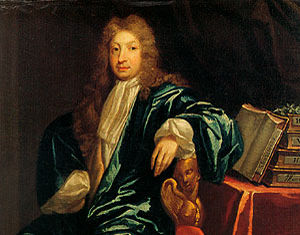Dryden Blog Post #2
Unlike the satire of today, Dryden’s satire follows strict rules
of meter, rhyme, and form as seen in “Mac Fleknoe.” Considering that he greatly
admires the likes of Ben Jonson and Shakespeare, it shouldn’t be surprise that
his work is replete with subtle wit. Perhaps it is because the target of “Mac
Fleknoe” is also a poet that doubles Dryden’s efforts in not only writing a
piece that is poetically sound but that the piece be better than any work
published by Shadwell. If the piece were to fail in the latter sense, it would
be a self-defeat. By likening Shadwell to an heir of a dunderheaded throne, Dryden
uses the loftiness of that position of power and inverses it’s significance. The
audience of that time, having grown up with Jonson’s, Fletcher’s, Beaumont’s
and Shakespeare’s plays, likely favored wit above all adornments and so Dryden’s
satirical style was likely very appealing to them. Satire nowadays can be found
in the form of political cartoons and sketches in comedy shows. These are
visual mediums (though there is some writing in the political cartoons) as
oppose to Dryden’s written form, however, a form of wit it still present likely
coupled with dramatic irony (the audience tend to be in the know of the events
being depicted in the satire.) A good example of this are the Saturday Night
Live sketches based on Donald Trump’s presidency. The Saturday Night Live sketches follow Dryden's form of indirect attack. Trump's blunders are done on his own volition; never is an insult thrown at him; he himself is the insult to himself.



Comments
Post a Comment